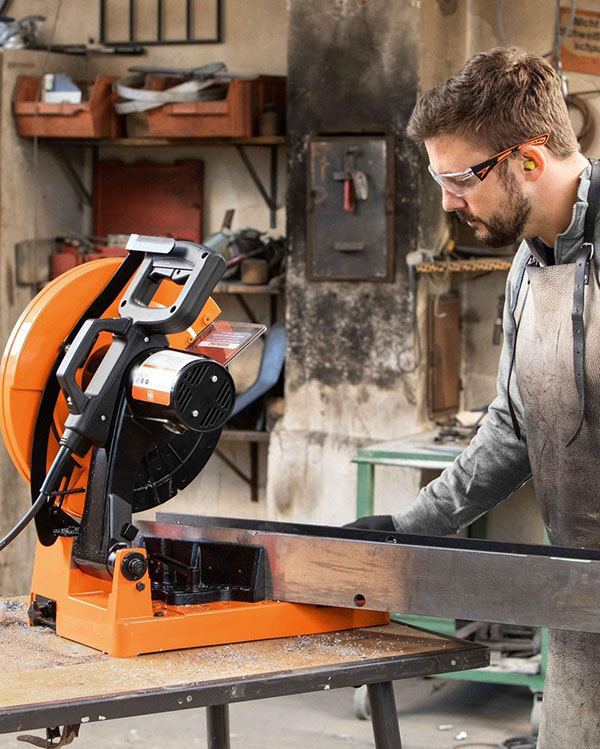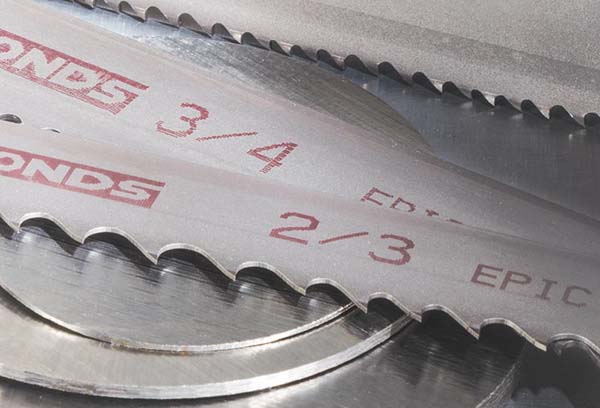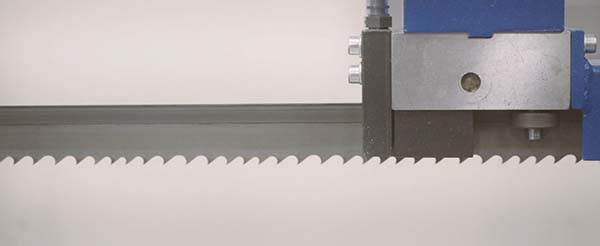
Power tools and accessories manufacturer FEIN has released a series of new products to the UK market, including a metal chop saw, a Bluetooth charger and the my.FEIN service app, allowing users to access everything from warranties and receipts, to battery information and services.
FEIN’s new MKAS 355 metal chop saw has launched across the UK, delivering precise and rapid results when cutting metals in the workshop or on-site, reports the company. The cold cutting process means the material is not heated, resulting in no metal dust to ensure maximum safety for end users. The saw also includes an 1800 W motor with soft start technology, alongside an ergonomic handle design to combine comfort, safety and power.
“We’re always looking for more ways to make our customers’ lives as easy as possible, with safety firmly front of mind,” comments Andy Mills, managing director of FEIN UK. “We’ve channelled this into our new MKAS 355 metal chop saw, Bluetooth battery and the my.FEIN app. The products aim to create a more efficient experience for our end users, in turn offering increased productivity,”
Now available in stores nationwide, the new ALG 80 BC battery has 8 A charging current for short charging times and Bluetooth connectivity. The product is compatible with FEIN’s entire 18 V cordless range, including MultiMaster and the 18 V Combi Drill, as well as the my.FEIN app.
With the my.FEIN service app, users can access all of FEIN’s services in one place. The app will store all registered tools, including an individual inventory number for each tool, while making it even easier to register new tools.
For further information
www.fein.com/en_uk






















